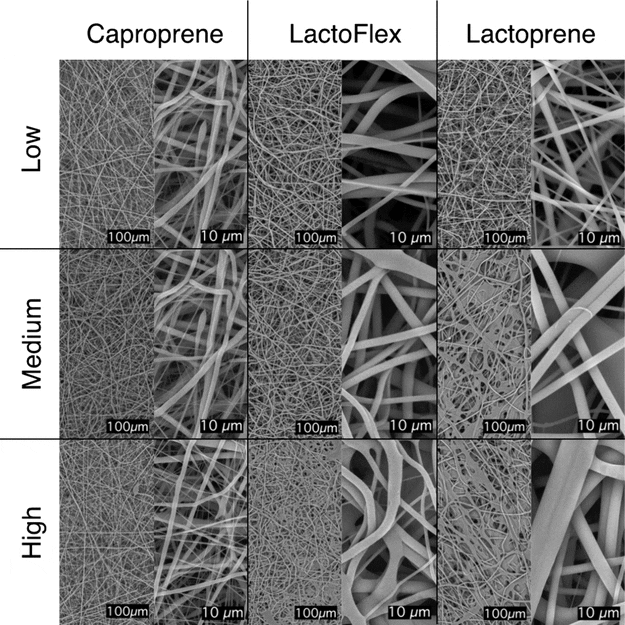Clemex: Driving Machine Learning Innovation in Advanced Medical Solutions
When it comes to medical innovation, Poly-Med is known for pushing the envelope, and their latest research is no exception. Recently, Poly-Med developed new techniques to control the mechanical properties of medical-grade scaffolds using electrospinning—a crucial method for tissue engineering and regenerative medicine. Their goal? To create bioresorbable scaffolds with precisely engineered mechanical properties—a breakthrough that could redefine the future of medical implants. But this research wasn’t achieved alone. Partnering with Clemex, Poly-Med leveraged cutting-edge imaging and machine learning technologies to refine their scaffold designs. This collaboration made Clemex a key player in bringing their innovative vision to life.
Transforming Scaffold Development with Machine Learning
The precision Poly-Med needed wouldn’t have been possible without Clemex’s custom machine learning algorithms. Over 40 hours of tailored algorithm and methods development allowed Clemex to measure two critical parameters : fiber thickness and interspatial spacing within the scaffolds. This bespoke solution gave Poly-Med a clear view of the microstructures in their electrospun fibers, ensuring every scaffold met the exacting mechanical and biological standards required. This approach ensured that every adjustment to the electrospinning parameters—such as collector distance or dispensing rate—produced the desired structural outcomes.
Mixing Machine Learning and Traditionnal Measurement at the Core of Scaffold Analysis
We developed an image segmentation algorithm and an intercept method to quantify fiber width and pore size. One challenge was dealing with intertwined fibers, which complicated accurate measurements. Another major difficulty was distinguishing pores from semi-out-of-focus fibers, a task challenging even for modern machine learning algorithms and human observers.
By leveraging both advanced machine learning methods and a traditional intercept approach, we successfully overcame these obstacles, enabling precise quantification despite the complexity of the intertwined structures and ambiguous fiber visibility in the pores. Beyond analysis, Clemex’s software streamlined the entire workflow, from setting up experiments to generating comprehensive reports. This holistic approach saved Poly-Med valuable time and resources, resulting in outcomes that are not just accurate but reproducible—a critical requirement for medical-grade devices.
Shaping the Future of Medical Innovation
Poly-Med’s achievements underscore how Clemex’s expertise in machine learning is changing the game for medical research. By equipping innovators like Poly-Med with the right tools, Clemex makes it possible to tackle complex material science challenges and develop groundbreaking solutions that were unimaginable just a few years ago.
Leveraging these capabilities, Poly-Med was able to optimize their electrospinning process, creating scaffolds with biomimetic properties that closely mimic natural tissue. These advancements could shorten healing times, promote tissue regeneration, and lead to more effective surgical implants.
Leading the Way in Machine Learning for Medical Research
As Poly-Med continues to explore new frontiers in regenerative medicine, Clemex remains a trusted partner—pioneering new methods in data analysis and machine learning that keep innovation moving forward. This collaboration is more than just a success story; it’s proof that combining cutting-edge technology with scientific research can pave the way for life-changing medical breakthroughs.
If you’re in the field of medical research or advanced materials, Clemex’s machine learning capabilities can help unlock new insights and bring your innovations to life—just as they did for Poly-Med.


